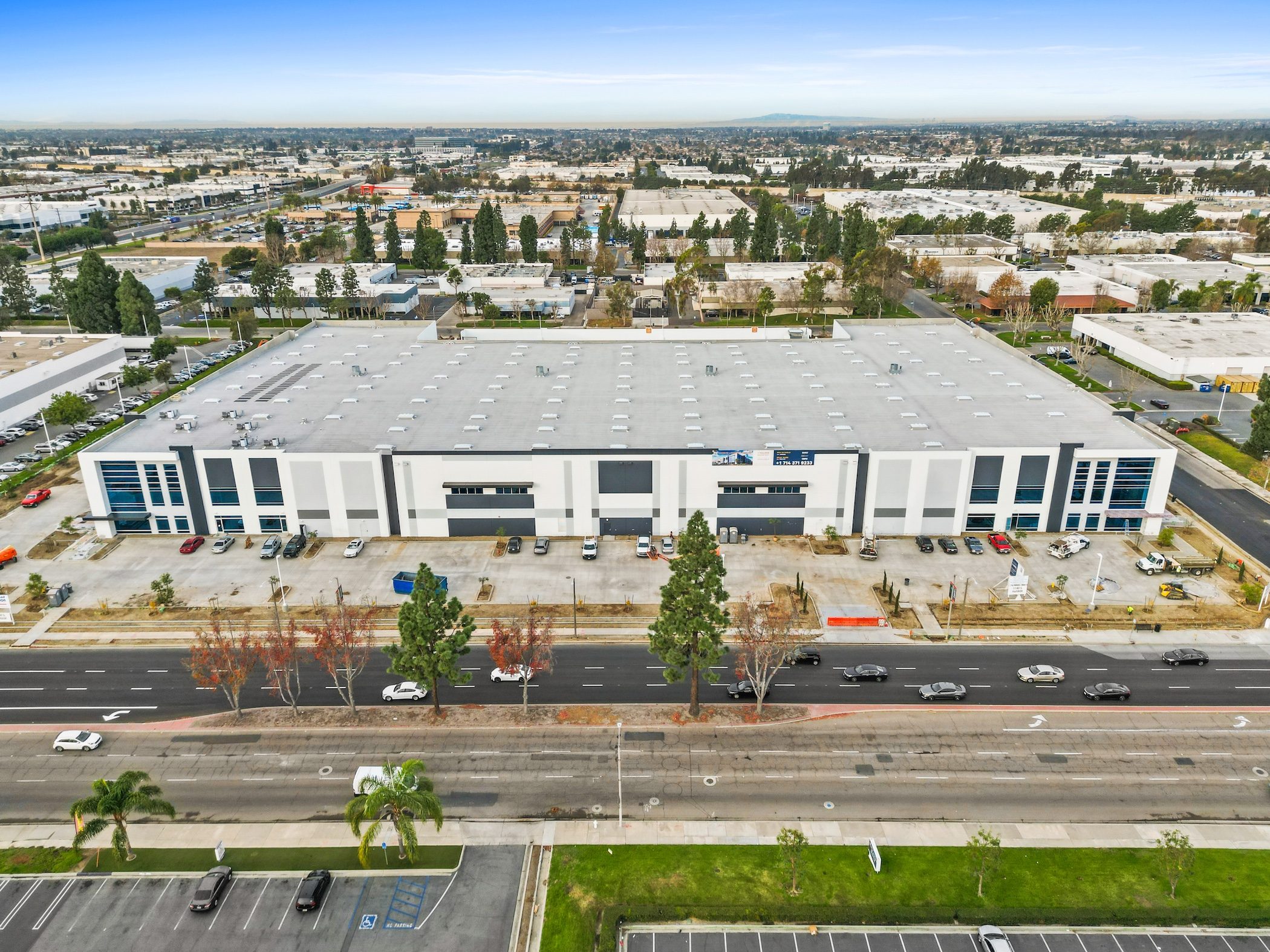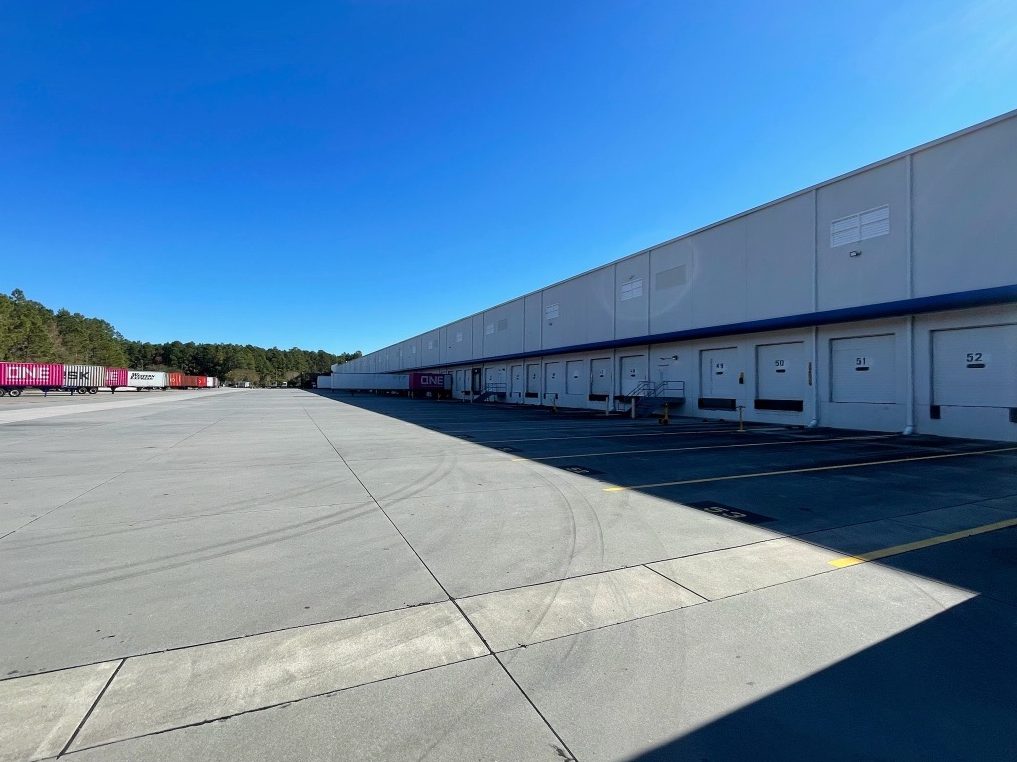Rise of the M&As
Whether a sign of the economic times, driven by a high level of liquidity and capital availability, or a cyclical phenomenon, the big, well-established service providers have been hungrily snapping up their smaller brethren.
By Anna Spiewak, News Editor
Whether it’s a sign of the economic times, driven by a high level of liquidity and capital availability, or a cyclical phenomenon, the big, well-established service providers have been hungrily snapping up their smaller brethren.
From Transwestern buying Richards Barry Joyce and Avison Young snatching up Witherspoon & Carswell Commercial Real Estate Advisors, both in September, to Jones Lang LaSalle Inc. grabbing Means Knaus Partners in August and, more recently, Cassidy Turley incorporating its western region affiliates into the firm, the trend is on the upswing and predicted to have competitors following suit.
“The reality is, we’re dealing more with companies, whether they are tenants or investor groups, that have national and global platforms,” said Guy Langford, M&A real estate leader at Deloitte, who works with a number of companies that are currently aggregating pools of assets, “and being able to reach an expertise and footprint in markets where they don’t currently have coverage makes good business sense, (as) they can (provide) a broader offering to their existing client base or their existing investor base.”
According to Langford, brand expansion is a big reason for these acquisitions. Of course, access to new services and markets is also a draw.
Jones Lang LaSalle called its purchase of Means Knaus “a strategic move to aggressively expand its industry-leading third-party property management expertise.” It also recently bought Capital Realty in Kansas City, seeking to increase its presence in that metropolitan area and to expand its industrial representation.
“We intend to continue growing market share and do more great things for our clients, and to do both of those things you need an eye for continuing to aggregate top talent,” said JLL’s national real estate services president, John Gates. “There are individuals and firms that are innovative and have fantastic client bases that we may not have, and they have new approaches they’ve developed we may not do.”
Most industry insiders trace the start of the current M&A cycle back to the last decade, which saw such high-profile purchases as JLL buying The Staubach Co. in 2008 for $613 million and CB Richard Ellis Group (now CBRE) buying Trammell Crow Co. in 2006 for $2.2 billion.
“When you look at the real estate capital markets over the last five years, clearly we’ve gone through a muted cycle of distress and now we’re coming out of that cycle,” Langford added. “Capital markets, both on the equity and debt sides, seem to be providing some good liquidity, so there is powder, if you will, for transactional activity. As these firms try to align themselves to different markets and services, it can grow organically or you can pick up boutiques.”
In 2008, JLL completed 15 acquisitions of smaller firms. It made just one purchase in 2009-2010, then picked up the pace, in 2011 making 10 acquisitions.
Whatever the reason for the current trend, the economy’s slow upward trajectory is generally considered a platform on which to build. Avison Young is the exception, as, according to its CEO, it was one of the few companies shopping around during the Great Recession, buying 22 companies in the past three years, including six this summer.
“Post 2008, we were the only ones buying; we’ve been buying for four years,” said Avison Young CEO Mark Rose. “What we’re seeing is a flurry of activity. … Some folks are trying to catch up, and for larger firms, internal growth just isn’t there. If you look at their public numbers, their revenue growth is slowing. They are turning now toward M&As to pick up in terms of their acquisitions programs.”
One of the biggest industry announcements earlier this fall was Cassidy Turley’s integration of its affiliates in four states. They are now fully owned by the commercial real estate services provider.
Its CEO, Joseph Stettinius, credited, among other things, technological innovation for the M&A cycle, noting that it allows clients to “receive consistent processes and systems” regardless of location, increasing cross-servicing.
“It is our belief that a single platform, regardless of geography and across service lines, delivers a more seamless experience to the client, and in a world where compliance is very important for both corporate and investor clients, it’s easier to do it with a single platform than it is a network or series of firms,” he said.
None of the companies interviewed would comment on their future expansion plans, but all vowed they would be making more acquisitions imminently.
“Yes, it’s happening. More will follow suit; there’s an up-cycle in front of us right now. There will be more transactional activity,” said Langford, driving his point home with a metaphor. “When you feel a breeze coming and you’re on a sailboat, you like to put your sail up to catch that breeze, and I think some of these entities are looking for different ways to catch that breeze.”
This article appeared in the November 2013 issue of Commercial Property Executive magazine.











You must be logged in to post a comment.